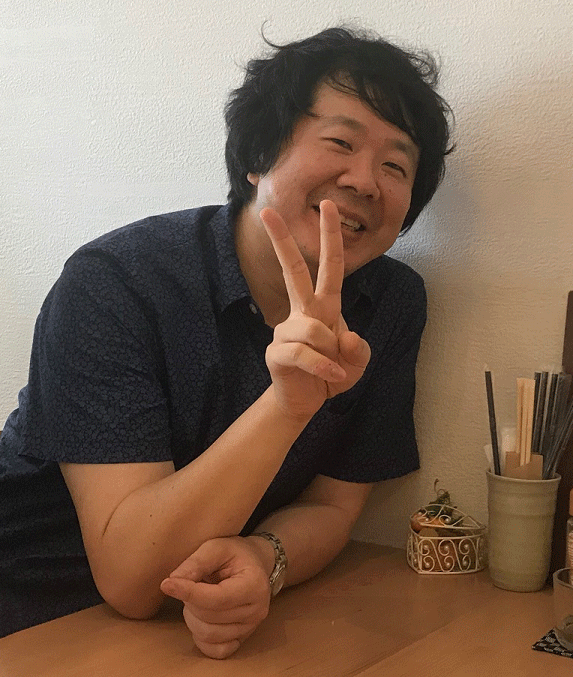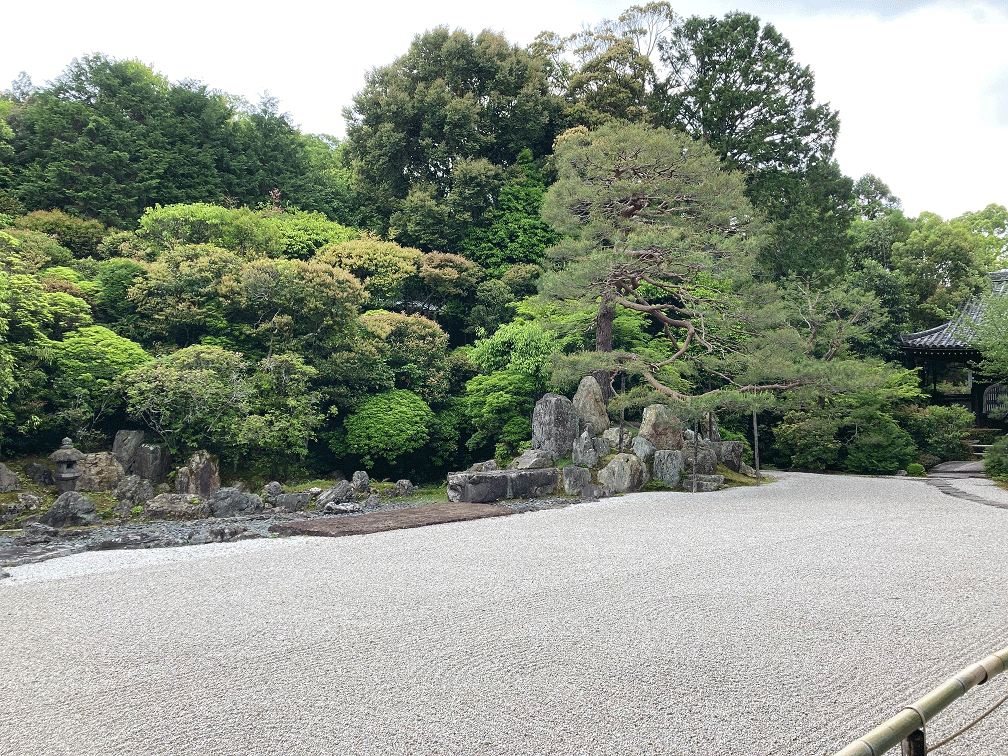Graduate School of Management, Kyoto University, welcomes six new full-time faculty members this year.
We are delighted to introduce the unique members individually.

Associate Professor Takanori ADACHI
Business Leadership Program / i-BA Program
Subjects: Business Economics
【My background before joining GSM】
Born in Niigata (a northwest prefecture of Japan), I had always been fascinated by Kyoto because the Japanese History was (almost) everything for me as a child. After graduating from a college and a graduate school, and having worked for some institutions in the Kanto region, North America, and the Chubu region, I’ve finally moved up to the “Capital.”
【Specialties and Research Interests】
My main research interests lie in Competition Policy as an applied field of economics, and the “Economics of Imperfect Competition.” Understanding the role of competition policy in our economy will continue to be no less important than ever before for everyone. Business leaders in our generation should not regard competition policy as a “nuisance” against their activities.

(directed by Kobori Enshu, circa 1632)
【Miscellanea】
It is often said that people begin retrospect to their lovely childhood as they get older. Conversely, it might be said that someone has become older if they start longing for their old days. For me, partly because of my moving to the “capital,” I have again been fascinated in the Japanese History. I am particularly interested in the life of Sūden of Konchi-in (1569-1633), a high-ranked monk at Konchi-in-it is one of the subsidiaries of Nanzen Temple, and its beautiful garden is open to the public-and one of the brains who served for Tokugawa Ieyasu (1543-1616), the founder of the Edo Shogunate (1603-1867). In 1614, Sūden allegedly found two phrases, “Ko-kka-An-kō” (roughly meaning “Peace on the Nation”) and “Kun-shin-Hō-raku” (roughly meaning “The ruled may flourish”), on the temple bell donated by the Toyotomi family to Hōkō Temple in Kyoto. He then pointed out that “Ko-kka-An-kō” was meant to tear up Tokugawa Ieyasu, because “kka” is the Chinese pronunciation of “Ie” and “kō” is that of “yasu,” with the letter “An” breaking in. On the other hand, in “Kun-shin-Hō-raku,” the Toyotomi family was firmly united because “shin” is the Chinese pronunciation of “tomi,” immediately followed by “Hō” whose Chinese pronunciation is, of course, “Toyo.” This accusation gave the Tokugawa side a legitimacy to start a series of the wars against the Toyotomi family (1614-5) that finally led to their extinction in 1615. As a child, I probably understood this story as something that may suggest the non-trivial importance of triviality. Unfortunately, little is known about Sūden’s life-to the best of my knowledge, there are no authored books on his life except for one historical fiction, but I will maintain my interest in him nonetheless.
Reference:
Activity Database on Education and Research


